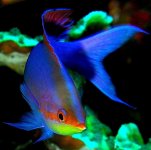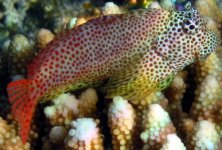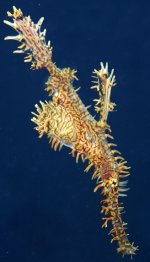Thought it would be interesting to start a thread on fish identification. Many people seem to have trouble with this, especially when it comes to wrasses and anthias.
Most books are unreliable, as are many web pages. I'd like to see a thread where we narrow down identification specifics, what to look for and why, as well as discuss reliable identification resources.
Maybe someone would like to post a pic of a fish they have that they can't identify, and we can go through the process.
Most books are unreliable, as are many web pages. I'd like to see a thread where we narrow down identification specifics, what to look for and why, as well as discuss reliable identification resources.
Maybe someone would like to post a pic of a fish they have that they can't identify, and we can go through the process.










